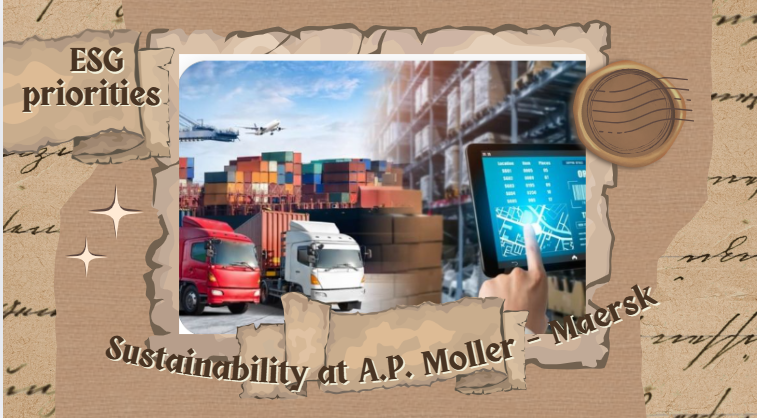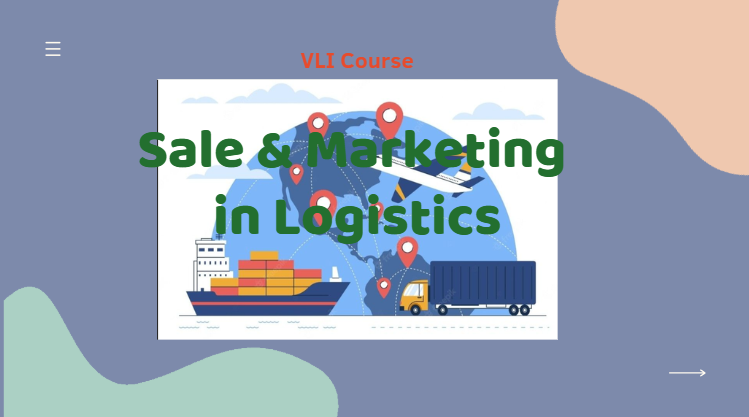From Mid-August Logistics Update Vol. 1: Analyzing Trends in Sea & Air Freight, Decarbonization, and Digital Transformation (Source: IINO san)
Logistics News: Mid-August 2024
Hello, this is Eno. This time, we are bringing you logistics news from mid-August 2024. We will be explaining trends in sea and air freight rates, efforts toward decarbonization, and digital transformation. Let’s dive in!
Sea and Air Freight Rates
As sea transport peaks, air freight rates are expected to remain high towards the year’s end. The current shipping market is tumultuous, but there is a strong view that the demand for sea transport has now peaked. Meanwhile, it is reported that air freight rates are expected to remain high towards the second half of 2024.
First, let’s discuss air freight rates. The president of DHL has expressed the view that air freight rates will remain high until later this year. Reasons cited include turmoil in the Red Sea and additional tariffs imposed by the United States on imports from China. Specifically, the United States announced additional tariffs in May of this year on steel, aluminum, semiconductors, electric vehicles, and critical minerals imported from China, with these tariffs set to take effect from August 1st. As a result, there is heightened demand to transport goods before the tariffs are applied, leading to increased air transport. Moreover, e-commerce demand from China is also rising, and airspace for America and Europe is becoming constricted. Additionally, increased demand due to “missed shipment” cargo is also a contributing factor. “Missed shipment” cargo refers to goods that couldn’t be shipped due to a lack of space on container ships and have shifted to air transport.
Now let’s also look at sea transport. According to the president of DSV, the demand for sea transport is anticipated to have reached its peak. Currently, in the US and Europe, shippers are replenishing inventories, reaching a balance, so no significant increase is anticipated moving forward. However, we are currently in the midst of the peak season, and the demand for transport to the United States is increasing. Furthermore, attention is focused on how political changes might impact logistics and supply chains if Trump is re-elected in the 2024 US presidential election.
Decarbonization and Risk Diversification
Maersk explores green energy for decarbonization and risk diversification. Major shipping company Maersk announced that it is exploring multiple new fuels to diversify risks. Maersk CEO Vincent Clerk stated during a Q2 briefing that they plan to procure 800,000 TEU of dual-fuel ships by 2030. In addition to the green methanol adopted so far, Bio-LNG is also being considered for use. It seems they decided to incorporate Bio-LNG as relying solely on methanol poses risks. Furthermore, Maersk is making gradual plans to achieve net-zero greenhouse gas emissions by 2040. They are also constructing new ships and plan to introduce new container ships with a capacity of 160,000 TEU annually from 2026 to 2030. This will allow them to maintain the existing fleet size of 4.3 million TEU while scrapping older ships. The new ships will support dual fuel, allowing the use of both methanol and Bio-LNG.
On the revenue front, the company continued to record losses since Q3 2023, but despite a 61% decrease compared to the same period last year, it achieved a $470 million profit in Q2 this year. There is a possibility that the lag between contractual and spot freight rates will resolve in Q3, leading to increased revenue. Additionally, Maersk has indicated a low likelihood of strikes by dock workers in connection with labor agreements at ports on the US East Coast and anticipates that the situation in the Red Sea will continue through year-end. Maersk is progressing towards zero emissions by improving and investing in fuel engines, and there is a need for the entire shipping industry to continue efforts toward this goal. Expectations for revenue improvement in the third quarter remain, and Maersk’s environmental strategy and financial status will continue to draw attention.
Strategic AI Partnership
CMA CGM forms a strategic AI partnership with Google for route design, media, and logistics. The CMA CGM Group has reportedly formed a strategic partnership with Google to fully utilize AI. AI has long been actively adopted in shipping companies due to the large volume of data, and this partnership with Google is expected to further enhance precision in the shipping business. AI allows for the design of routes and container inventory management, particularly in demand forecasting. If AI can predict which ports or regions to deploy ships at specific times, it could optimize shipping operations and help alleviate congestion and container shortages. Moreover, CMA CGM’s group company, CMA CGM Logistics, is already utilizing AI for warehouse space management. Additionally, CMA CGM is involved in the media business, progressing in developing AI-powered content creation, translation, and journalist support tools. In the media industry, AI proves valuable in idea proposals and translation, prompting a movement to actively leverage AI. The partnership with Google has heightened expectations for AI utilization in shipping companies.
How did you find this logistics news? As the shipping market remains turbulent, shipping companies are advancing efforts toward digital transformation (DX) and decarbonization. As the shipping industry undergoes a period of transformation, we will continue to update you on how each company’s initiatives will impact market conditions.



